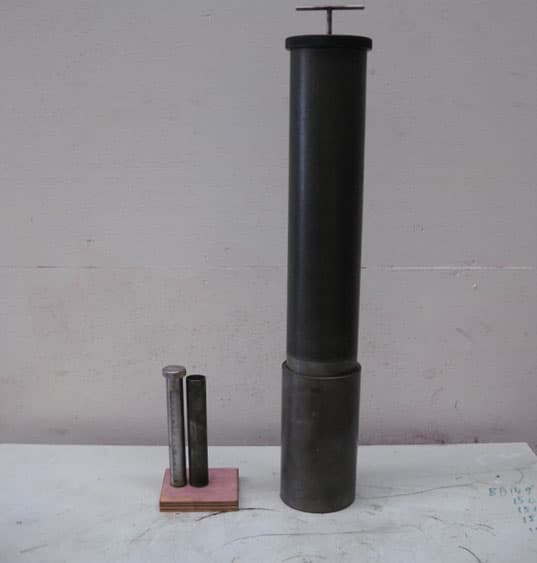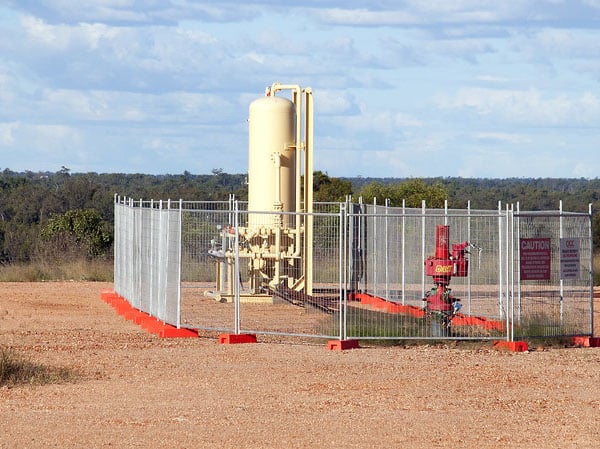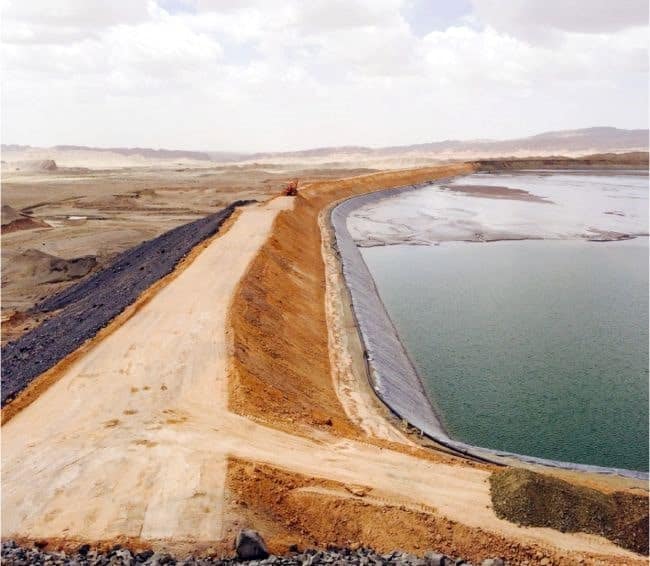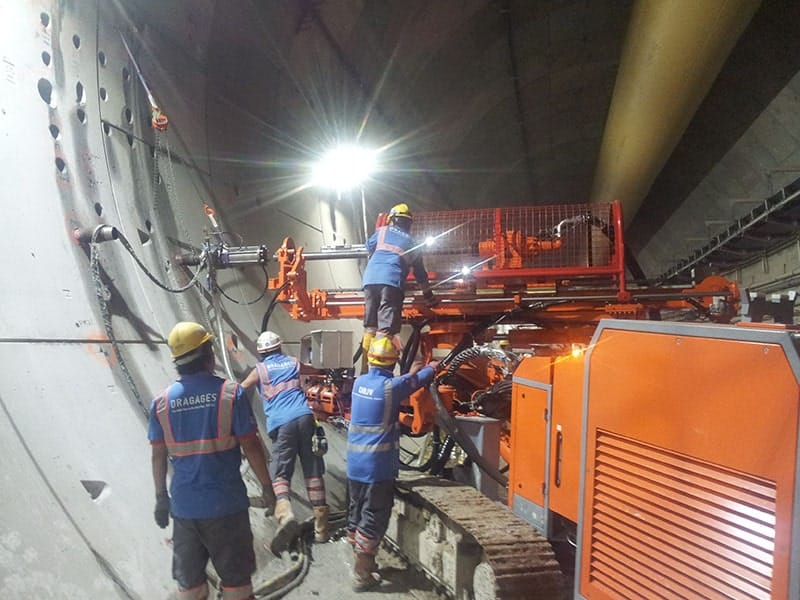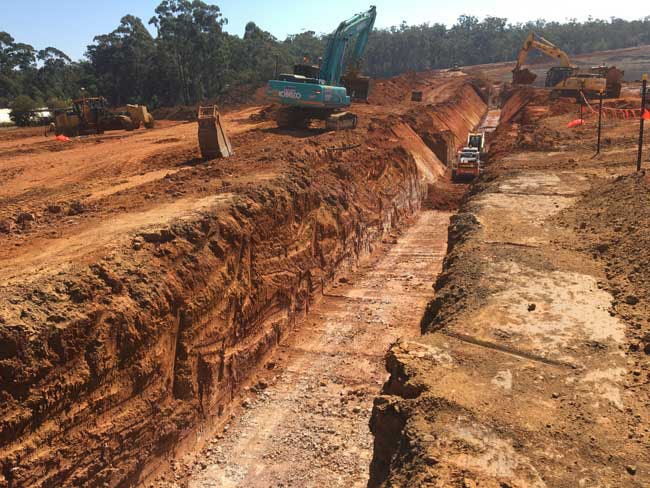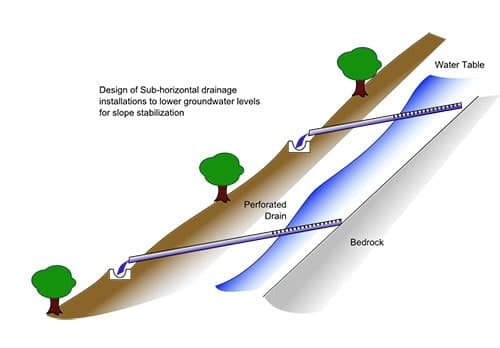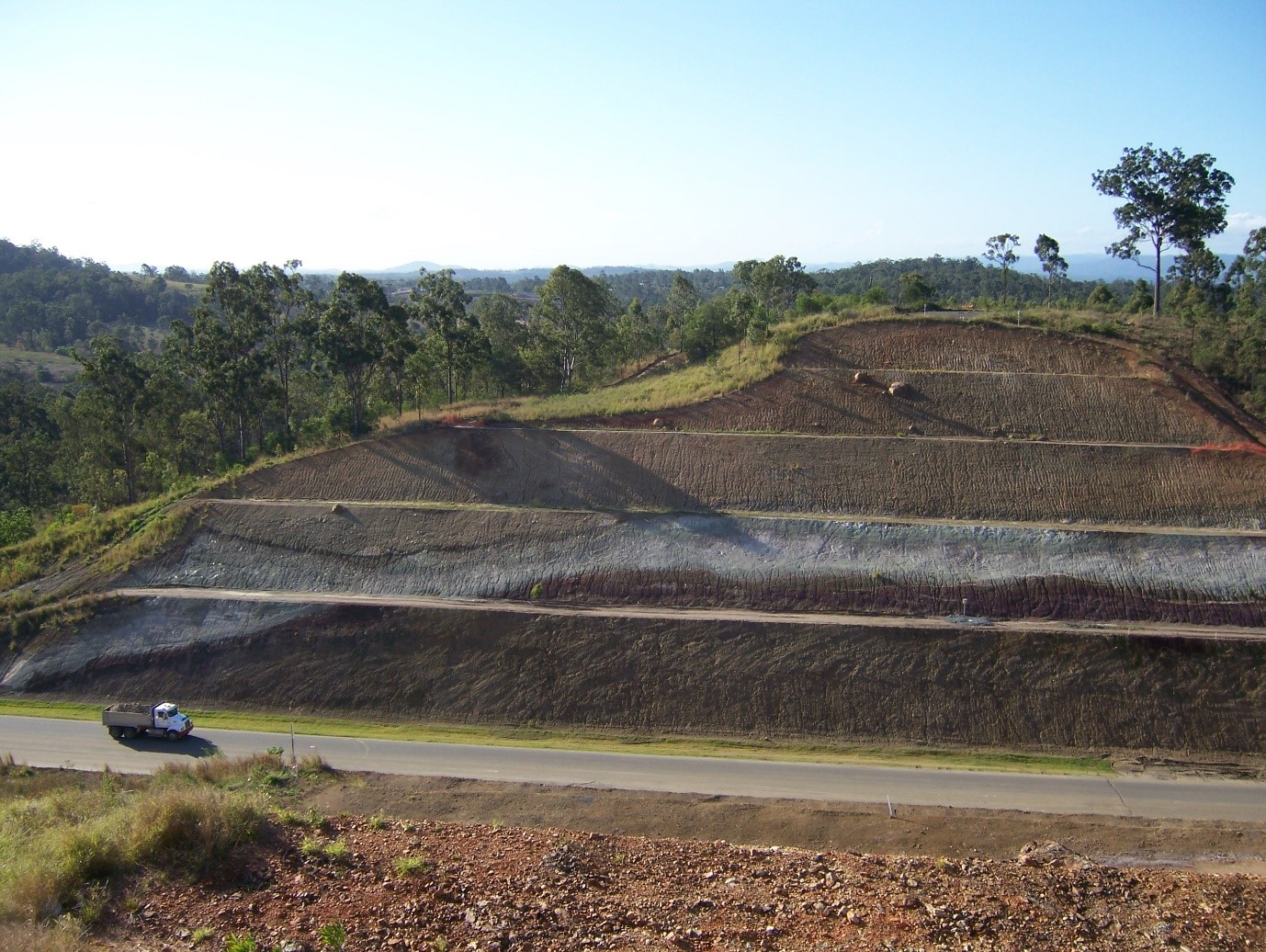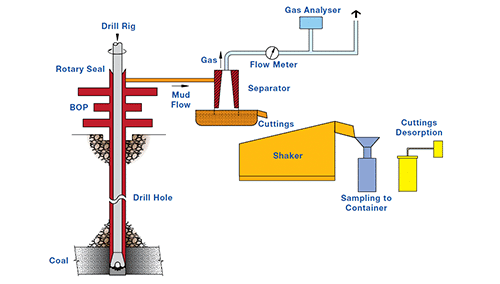Slake Testing
Slake Durability is assessed by the Emerson crumb test (ECT). This is a simple test conducted on rock fragments to see whether they are susceptible to disassociation in water. The test is aimed at determining whether the roof or floor of the mining section will react to water and break up. The test classifies the rock behaviour when immersed, based on particle coherence and dispersion in water. Rocks are divided into seven classes based on their coherence in water.
Point Load Strength Index Testing
Point load testing involves loading a piece of rock with a 5 mm radius hardened steel point to induce breakage. The loading induces compression at the point of contact, with possible compressive failure below it. It also induces tensile stress in the rock perpendicular to the compressive loading. The combination of these stresses leads to failure. The failure involves splitting that includes compressive, tensile and shear components. While the test may be used on irregular rock specimens it is frequently used on core. The value of point load is corrected for different size lumps or core. When used in this manner it is common to test pieces of core under axial load as well as across the core diameter. This provides a direct comparison of the strength in each loading direction. When loading is in the direction of laminations, the test specimen will tend to split on these. Generally, three tests in each direction are used, and the mid value is used to arrive at an IS50 value which represents the index normalised to a 50 mm size specimen. The test is readily used in the field as part of core logging. ASTM D5731-07 shows a correlation between uniaxial compressive strength and the point load strength index value.

Brazilian Test
The Brazilian test involves loading a section of core placed between platens to failure. The loading is across the diameter of the core and induces tensile stress perpendicular to the loading. The loaded core fails under a combination of compression and tension. The result is generally quoted in terms of tensile stress. If the core used is drilled perpendicular to bedding or foliation, the split induced by the test will be perpendicular to this. The test does not do the same job as true tensile or point load testing. Sigra has field operational Brazilian test equipment, but prefers to use the true tensile tests conducted in the laboratory to obtain precise numbers.
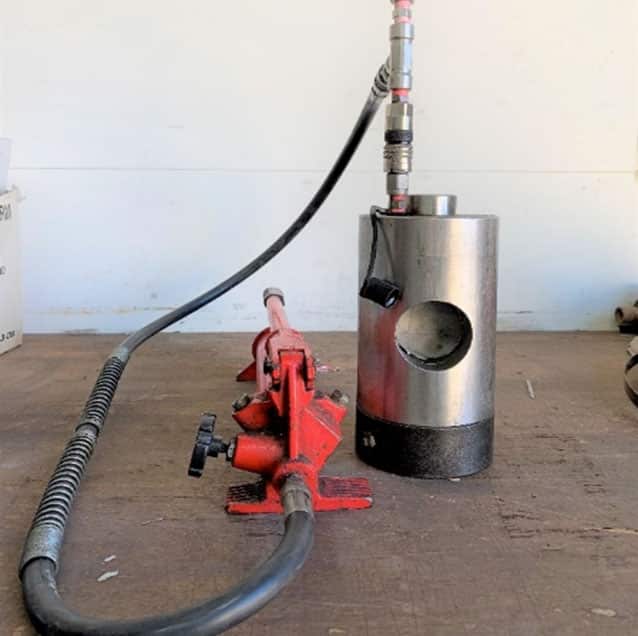
Protodyakanov Index Test (f)
This is a very simple and useful test that involves dropping a weight, contained in a tube, repeatedly on to fragments of rock and measuring the resultant reduction in size of these. The test is used extensively in Russian strength description of rocks. It provides an immediate basis for understanding the strength of these. The test can be conducted in the field.
